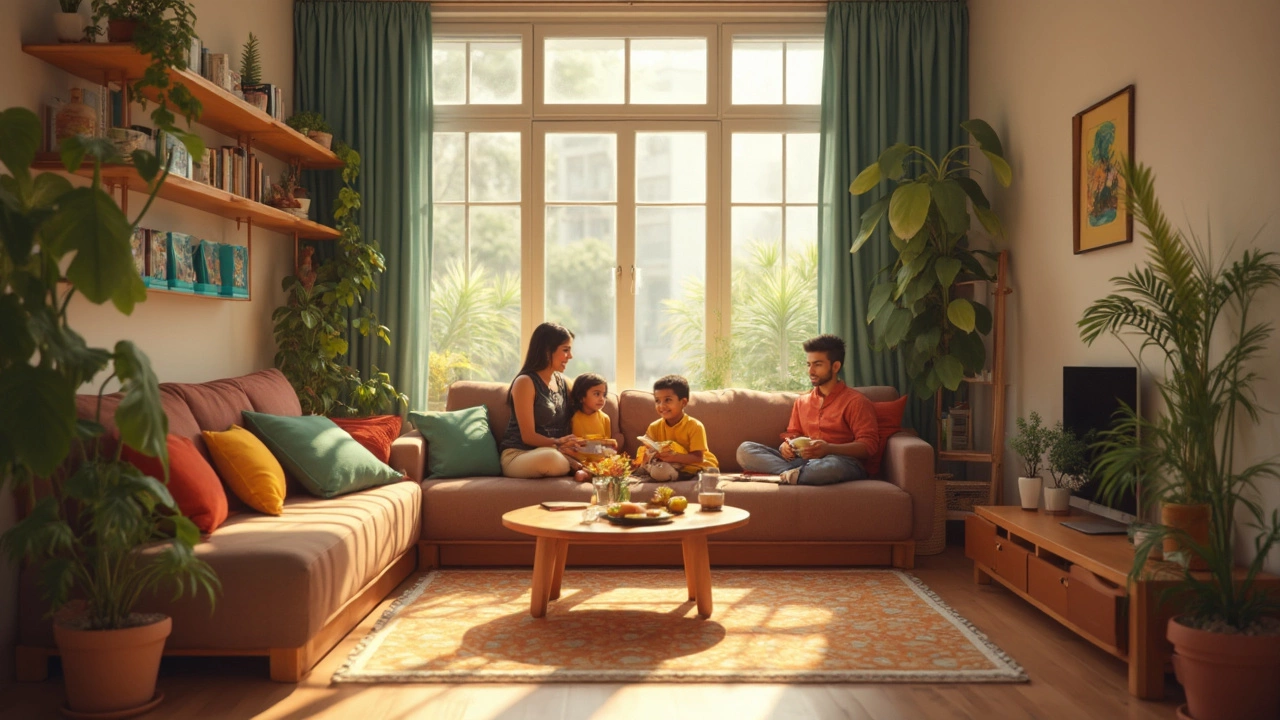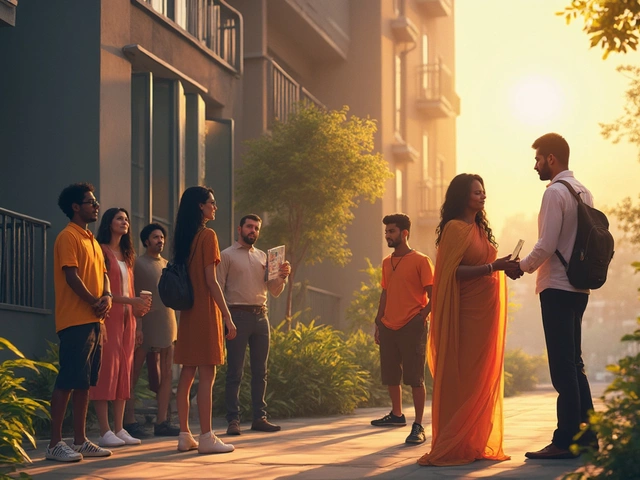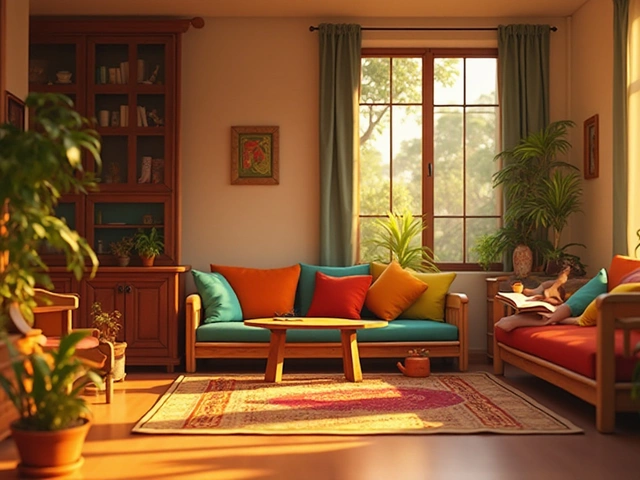Imagine you’ve finally found an apartment that actually ticks most of your boxes. The rent fits your budget, the walk to the train isn’t a marathon, and they even let you keep your dog. There’s just one thing that makes you pause: it’s only 800 square feet. Is that enough for real life, not just surviving, but actually feeling at home? You know plenty of folks make shoeboxes work—and then there’s your mate in the sprawling three-bedroom who barely uses two of them. So, what’s the sweet spot, and is 800 square feet genuinely big for an apartment, or is it just another politely cramped living room with delusions of grandeur?
What 800 Square Feet Actually Looks Like
Let’s demystify the number. An apartment that’s 800 sq ft puts you right in the mix between small and decently spacious for a single person, a couple, or maybe a family that doesn’t need wardrobes the size of walk-in freezers. Just to picture it, imagine a rectangle about 20 feet by 40 feet—roughly the size of three single-car garages lined up together. For reference, the average new apartment in Australia is around 90 square meters, which is just a bit under 1,000 square feet. In cities like Sydney, Melbourne, and even here in Adelaide, newer apartments are trending towards compact. In the US and UK, 800 square feet is considered a one- or small two-bedroom, and in Tokyo, it’s almost palatial for some families.
The Australian Bureau of Statistics reports the typical rented home sits right around 900 sq ft (85 sq m). So in context, an 800 sq ft apartment is a hair below average—smaller than some but definitely not what you’d call a micro-apartment. If you’re someone like me who loves open plan but actively dreads cleaning, it’s a win. Less space to hoover means more time to sip coffee on the balcony.
Let’s break it down by rooms. You can often squeeze in a proper bedroom or two, a living area that doesn’t require you to crawl over your sofa to reach the kitchen, a bathroom, and a kitchen with enough space to do more than open a packet of noodles. Of course, it’s not going to feel like a country estate, but it isn’t one of those rabbit-warren studio flats either where the shower basically lives in the hallway.
Take a look at how 800 sq ft apartments tend to divvy up their space:
| Room Type | Approximate Area (sq ft) | Common Features |
|---|---|---|
| Main Bedroom | 120-160 | Queen bed, wardrobe |
| Second Bedroom or Office | 80-120 | Single bed or desk |
| Living/Dining | 200-250 | Sofa, TV, dining table |
| Kitchen | 80-120 | Bench space, full appliances |
| Bathroom | 40-60 | Shower, vanity, toilet |
| Laundry/Storage | 20-40 | Washer/dryer or cupboard |
Some apartments use open-plan layouts, blurring lines between living and kitchen areas. That can make the place breathe a bit more, even if you’re still technically living in 800 square feet. It’s not unusual to see clever sliding doors or pocket rooms—anything to fake a bit more space.
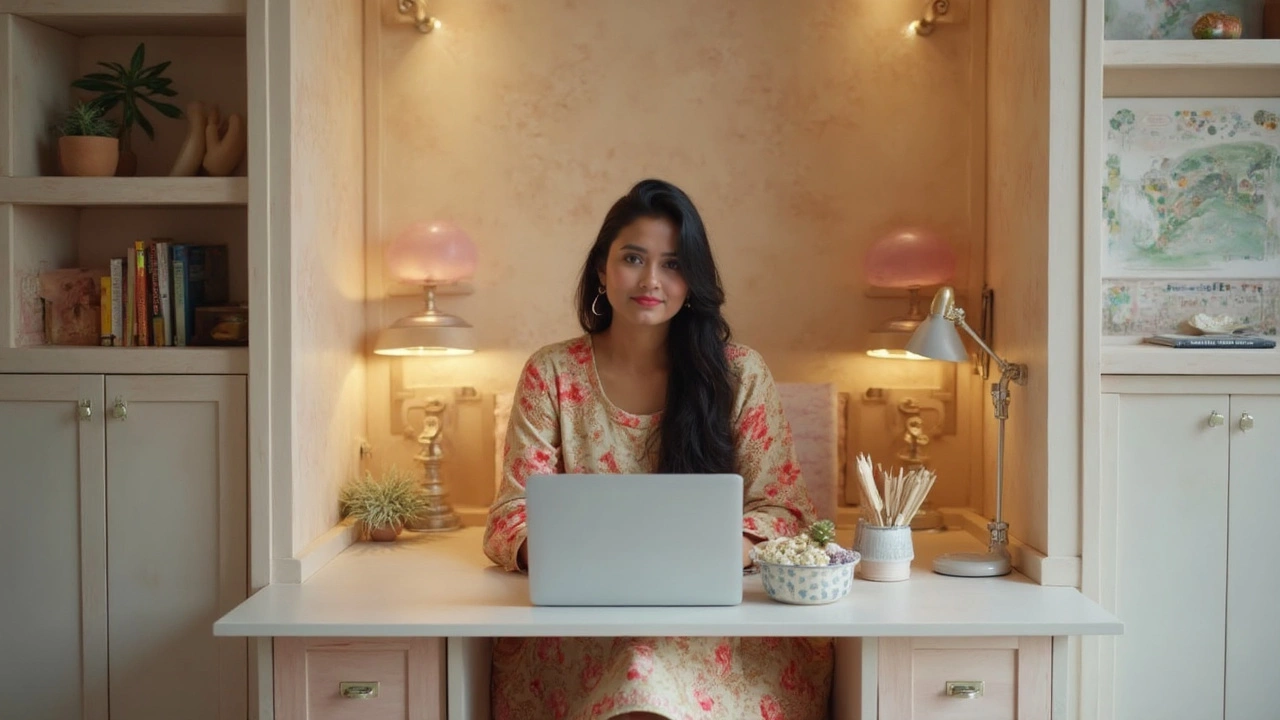
Living Comfortably in 800 Square Feet: Real Opinions and Creative Solutions
This is where things get interesting, because space honestly feels different to everyone. I’ve got friends who think 1,200 square feet is tight, and then there’s Amara, who reckons she could live in a nice garden shed if she had enough bookshelves. The trick is really about how the space is used—not just how much of it there is.
Let’s get practical. Most people start to worry about apartment size only when they hit those moments: a sudden move-in with a partner, the arrival of a baby, or suddenly working from home thanks to a global pandemic (not to get too 2020 on you again). In 800 sq ft, you absolutely have to prioritise. Multi-use furniture is the old classic—think beds with drawers, sofas that turn into guests’ beds, coffee tables with secret compartments. If you’re like me and Amara, you get a mild thrill out of rearranging the space every few months to keep it feeling fresh.
But can you fit a full dining set, giant sectional couch, and an indoor bike? Not likely. Here’s the honest bit: the best setups stick to a “one in, one out” principle. Buy a new bookshelf? The old desk probably needs to go. Sentimental attachment only lasts until you stub your toe in the middle of the night.
Natural light can turn a compact flat into a place that feels twice as roomy—something architects swear by. Large windows, open balconies, and lighter paint colours trick your brain into thinking there’s just more air. Throw in a few mirrors (not the haunted house kind!) and you add depth without sacrificing sleep. Adelaide’s fantastic for this—loads of modern buildings are all about floor-to-ceiling glass and urban balconies.
One of the facts that surprised me: researchers at the University of Sydney found that apartment dwellers with windows facing green spaces rated their homes as feeling considerably larger—even when the actual size was bang on 800 sq ft. Turns out, what you see matters as much as what you can physically walk around.
Let’s get into some real-world hacks to make 800 sq ft work better:
- Opt for “leggy” furniture (tables, beds, couches on thin legs). Exposure underneath tricks the eye into seeing more space.
- Vertical storage wins every time. Think floating shelves, hanging rails, wall hooks.
- Use rugs to “zone” areas. Even just a kitchen mat creates boundaries.
- Fold-down desks or Murphy beds for work-from-home warriors or hosts.
- Declutter once a season. That means honest sorting, not just shoving things under the bed.
- If you can, choose buildings with shared amenities like rooftop BBQs, bike rooms, or co-working lounges. It’s like having extra living room, just not in your flat.
Noise can be a minor hassle in smaller flats—the wall thump from next door, or that guy who seems to vacuum at dawn. Soft furnishings absorb sound; thick curtains, cushions, and rugs make a difference. And if you need a bit of quiet for Zoom calls (or a break from your toddler), consider noise-cancelling headphones. Your neighbours will thank you when you’re not yelling into your mic all afternoon.
Personal tip: always check if your future apartment has built-in wardrobes and enough kitchen cabinetry. In a small space, sacrificing floor for storage is a rookie mistake. And if your place doesn’t come with a washer/dryer, scope out how close laundromats or communal washing machines are. Nobody dreams of spending half their Sunday wrestling for a dryer.
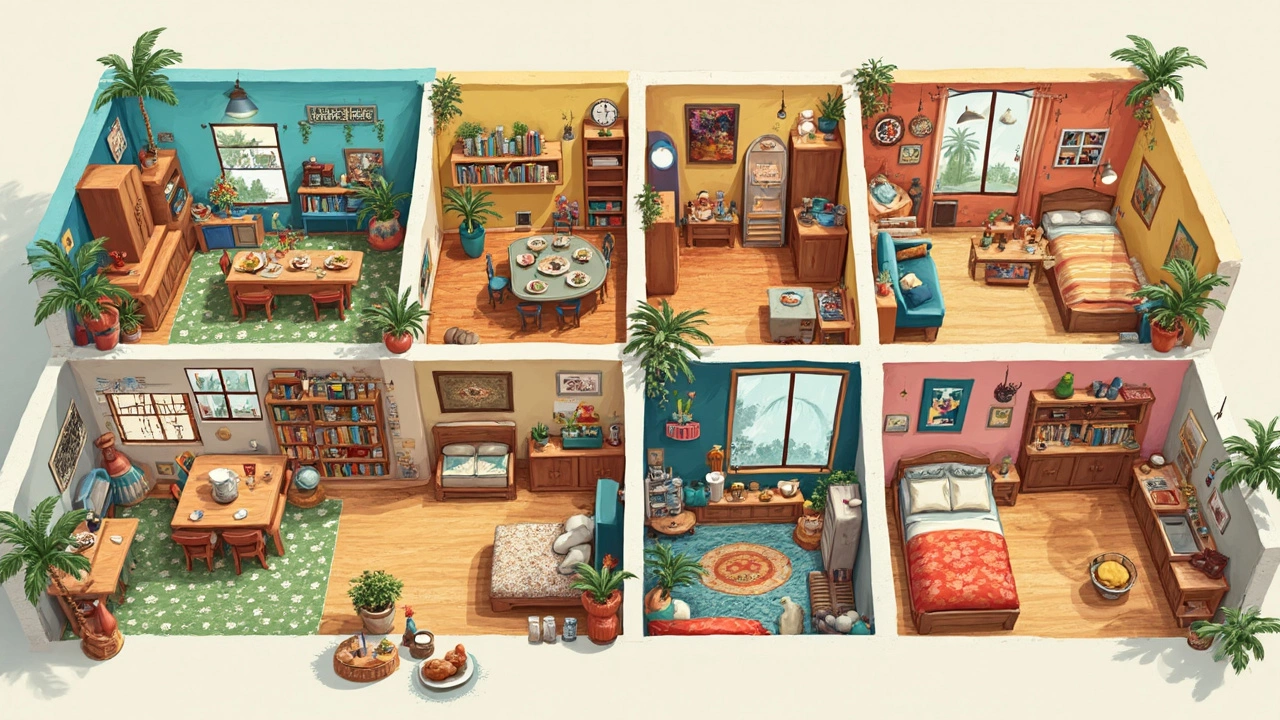
Is 800 Square Feet Enough? For Whom—and For How Long?
So the real answer depends on you. Are you a maximalist who needs three crockpots and a home office with three monitors? Or are you a minimalist who’s happy as long as there’s fridge space for your Friday beers? For singles and couples—especially the kind who spend half their time out and about—800 sq ft is a sweet spot. It’s big enough for a full life without the excess to clean, heat, or cool.
Auctions across Adelaide and bigger cities show that young professionals, students, and downsizers target 800 sq ft apartments for the balance of location and lifestyle. You can be right in the heart of entertainment or close to good schools for less money and maintenance than a bigger place. Plus, those newer builds often bring lifestyle upgrades—think gyms, rooftop gardens, and pet-friendly policies.
However, families with more than one kid or folks who run businesses from home might feel the squeeze after a year or two. As one property agent pointed out—if you’re packing for two but living with four, it’s going to come apart at the seams by Christmas. This isn’t a forever home for most growing families. But it’s not a shoebox either.
Sustainability enters the chat too. The more of us who make small spaces work, the less urban sprawl and waste there is. 800 sq ft flats use less energy and fewer resources to heat, cool, and maintain. Plus, smaller spaces force you to question what stuff actually belongs in your life—not just what can fit.
Here’s something wild: Data from CoreLogic showed that in 2024, property value per square metre jumped the most in medium-sized apartments (700–900 sq ft), and vacancy rates stayed lowest in that range. People aren’t trying to squeeze their lives into 400 sq ft, but they aren’t paying for dead space, either. Let’s say you’re paying $400 per week in rent. That gets you a central location, moderate space, and saves heaps over a giant house further out.
Planning to make it work? Take it from someone who moved into 790 sq ft with Amara last year: we had to get real about the toaster collection, invest in smarter storage bins, and choose which books actually bring us joy. When you curate your space, every square foot works harder. But we never once felt squeezed out—at least, not until my mate’s six-foot monitor nearly took over the living room. That’s when we moved to using the local library for work sessions.
Bottom line: 800 sq ft isn’t “big,” but it’s not small—it’s right in that modern sweet spot for singles, couples, and even some families starting out. Working from home? Add creative zones, use flexible furniture, and store only what fits your real life. Have a pet? Prioritise layouts with outdoor access or parks nearby, and learn smart cleaning tricks. Want to entertain? Host friends for tapas, not a banquet, and use those shared amenities in your building.
Apartment living always comes down to this: what matters most is how you use your space, not just the raw size. 800 square feet can be your cozy haven, a launchpad for city adventures, or a canvas for creative hacks. Measure your stuff, keep it fresh, and remember—it’s your space, not just a floorplan.
